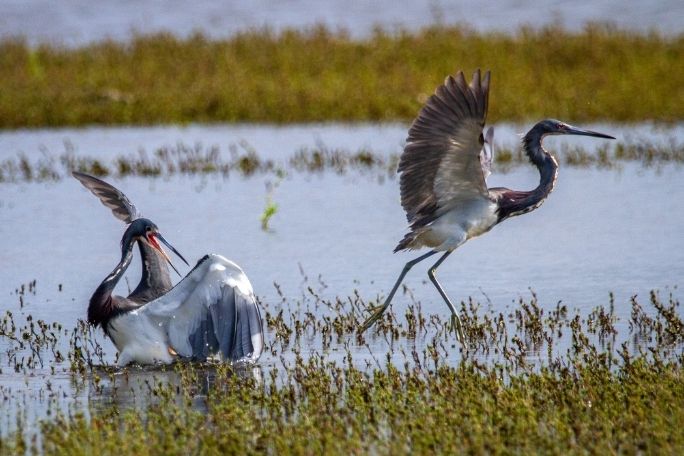Lesson summary
The class produces a list of things they can do to protect animals and plants. As part of the activity they distinguish between natural areas, gardens, school grounds, native animals and pets.
Learning intentions:
Students will...
- distinguish between a natural habitat and a modified habitat, such as a forest or a garden, or between native Australian animals and domestic animals, such as pets
- contribute their ideas about how children can help animals and plants.
Lesson guides and printables
Curriculum links
Select your curriculum from the options below.
Lesson details
Curriculum mapping
Australian Curriculum content descriptions:
Year 1 English:
- Create short imaginative and informative texts that show emerging use of appropriate text structure, sentence-level grammar, word choice, spelling, punctuation and appropriate multimodal elements, for example illustrations and diagrams(ACELY1661)
Year 1 Science:
- Represent and communicate observations and ideas in a variety of ways such as oral and written language, drawing and role play (ACSIS029)
Year 2 English:
- Create short imaginative, informative and persuasive texts using growing knowledge of text structures and language features for familiar and some less familiar audiences, selecting print and multimodal elements appropriate to the audience and purpose (ACELY1671)
Year 2 Science:
- Represent and communicate observations and ideas in a variety of ways such as oral and written language, drawing and role play (ACSIS042)
Syllabus Outcomes: EN1-2A, ST1-4WS.
Indoor or outdoor activity: Indoor
Time required: 45 mins
Level of teacher scaffolding: Lead students in a discussion and write lists.
Resources required
- Blackboard
Additional info
This is an original Cool.org lesson. Facts and figures in these lessons may have changed since this lesson was published. We always endeavour to update our resources in a timely manner, but if you see an error or issue in our resources please get in touch with us.


Welcome back!
Don't have an account yet?
Log in with:
Create your free Cool.org account.
Many of our resources are free, with an option to upgrade to Cool+ for premium content.
Already have an account?
Sign up with:
By signing up you accept Cool.org's Terms and Conditions(Opens in new tab) and Privacy Policy(Opens in new tab).